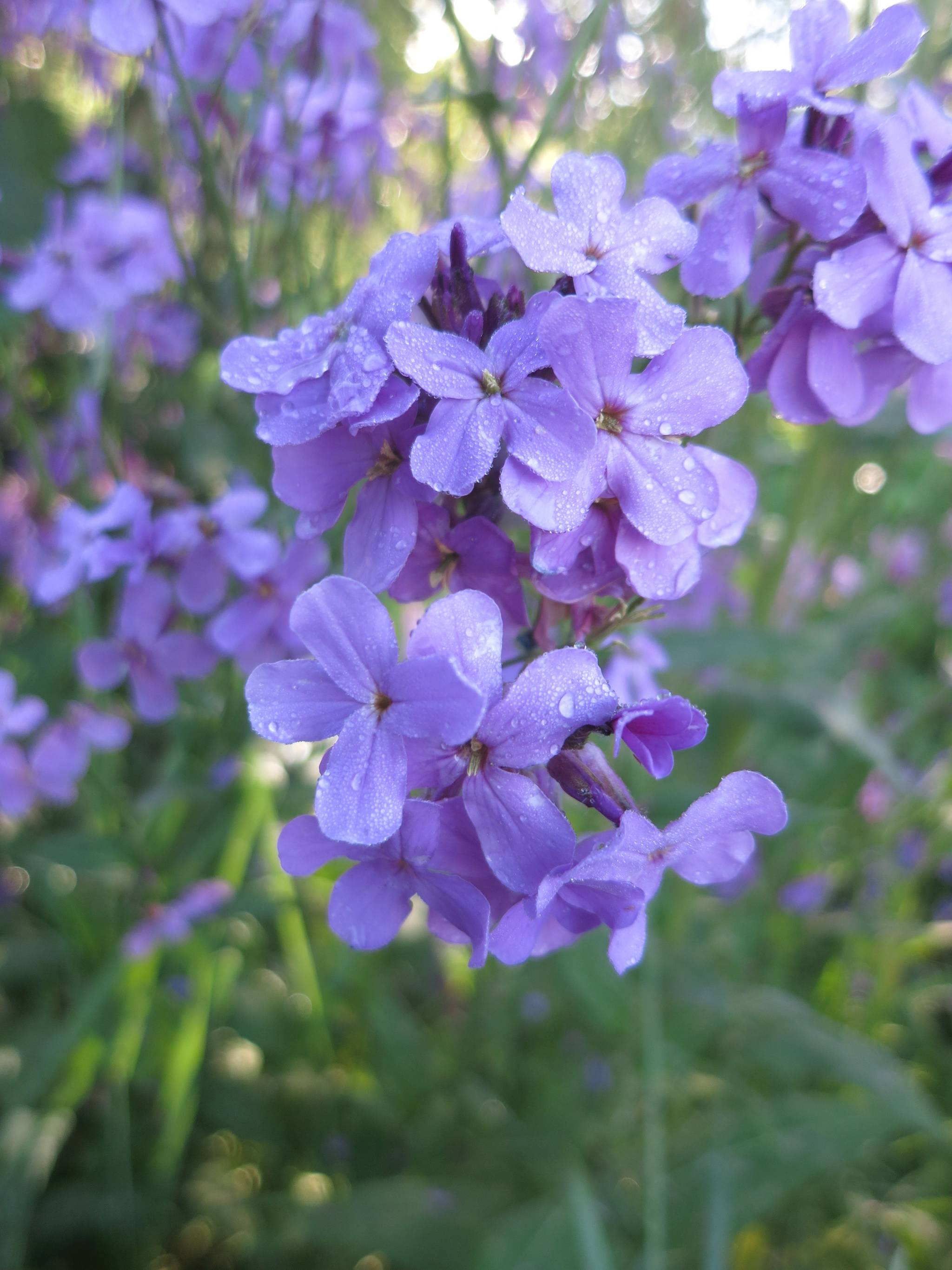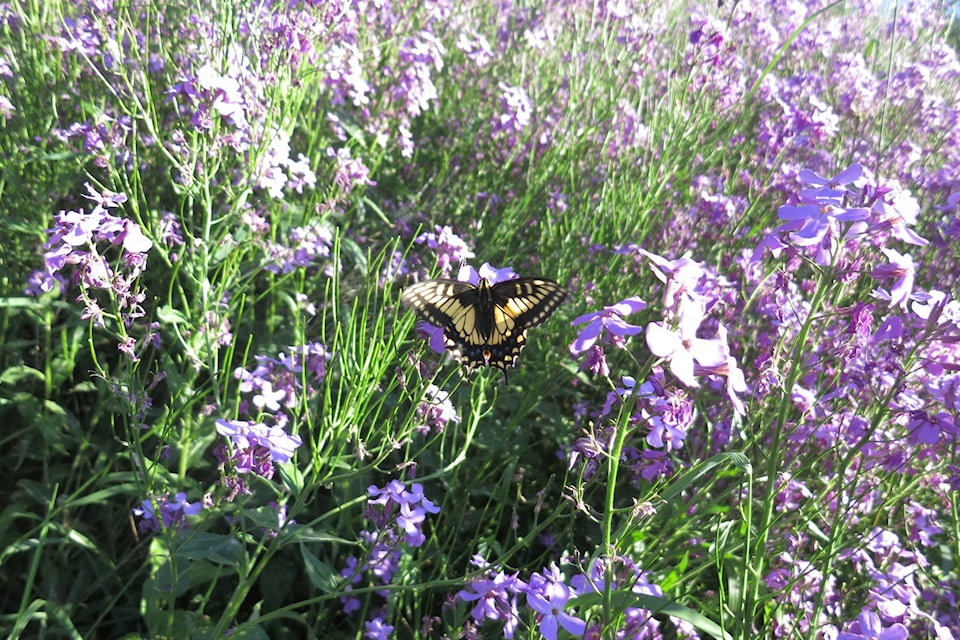By Ed McMackin, a biologist by training and a naturalist by nature
What you thought it was may not be what it really is. That can go for a lot of things, including objects and processes in the world around us. It may apply to that purple flower seen just about everywhere in the Kootenay Lake-Creston area.
Many people have had the same experience I have had. I used to think, as I passed by that purple flower, that it must be a phlox of some sort, a well-liked group of flowers by many gardeners and flower admirers. Garden phlox may be tall, short, pleasant-smelling or with no aroma at all. A native phlox found in drier areas of the Kootenays is a real ground-hugger. It’s sprawling stems can be about three inches high, a little smaller than our garden, dwarf species. That tall, phlox-like, purple flower, about the valley, from a distance, looks much like a variety of tall phlox. To boot, it also has a mildly sweet aroma, which may contribute, along with the wild mock-orange shrubs, to the pleasant aromas on a warm early summer evening. But, who cares whether or not its a member of the phlox clan, or something else all together.
So, years ago, I hauled out my trusty plant key and found to my surprise, it was not a phlox at all, but a member of the mustard family. The fact that not all members of the mustard family are yellow but other colors too, like purple, was again impressed on my mind. And, so this pretty flower was a type of mustard. Now, if you count the petals on a mustard flower you will find four. Members of the mustard family have four petals. Phlox flowers have five. Applying that to some other rockery plants, one will find that some of those pretty purple and white dwarf plants are actually related to mustard, and belong to the “Drabas” and “Arabis” families. They are also very phlox-like.
Our tall purple flower which grows in clumps and even in very large patches around the district, is also a mustard type. And to make a long story a bit shorter, it turns out to be “hesperis matronalis”. That’s the Latin (scientific) name. Perhaps you would prefer to use its common name - “Dame’s Rocket”. I don’t know of any other common names but you may find another if you do a Google search. One thing about it is that there is only one scientific name and if you use that in a search, you will certainly find information and lots of nice photos.
Dame’s Rocket is considered an introduced plant and/or garden escapee and isn’t particularly invasive. Not all introduced plants, invasive or not, are ugly! Dame’s Rocket is considered a wildflower because it survives on its own, if in a favorable habitat, without care and attention.

READ MORE: Out There: Flowers Around the World
READ MORE: Out There: Kootenay Lake and the Land
